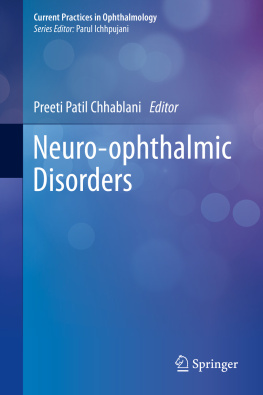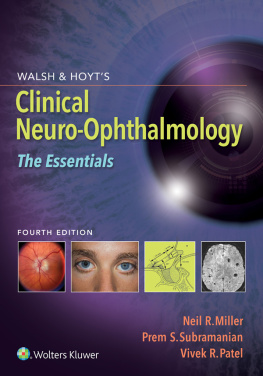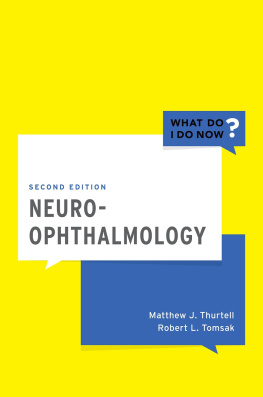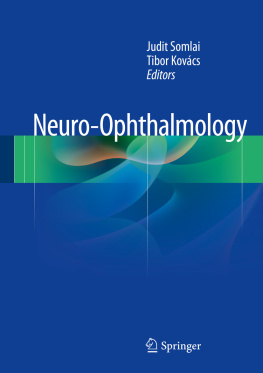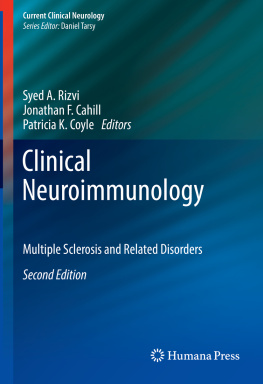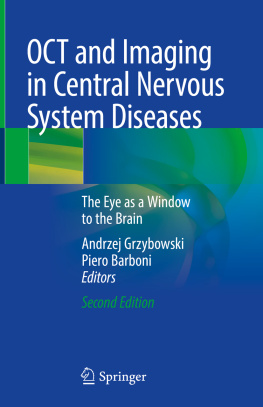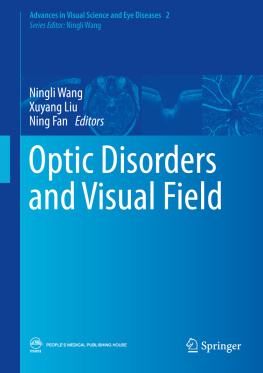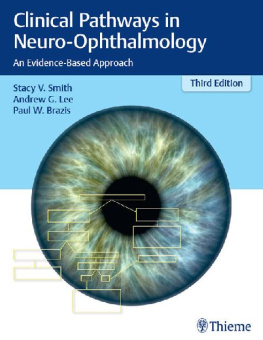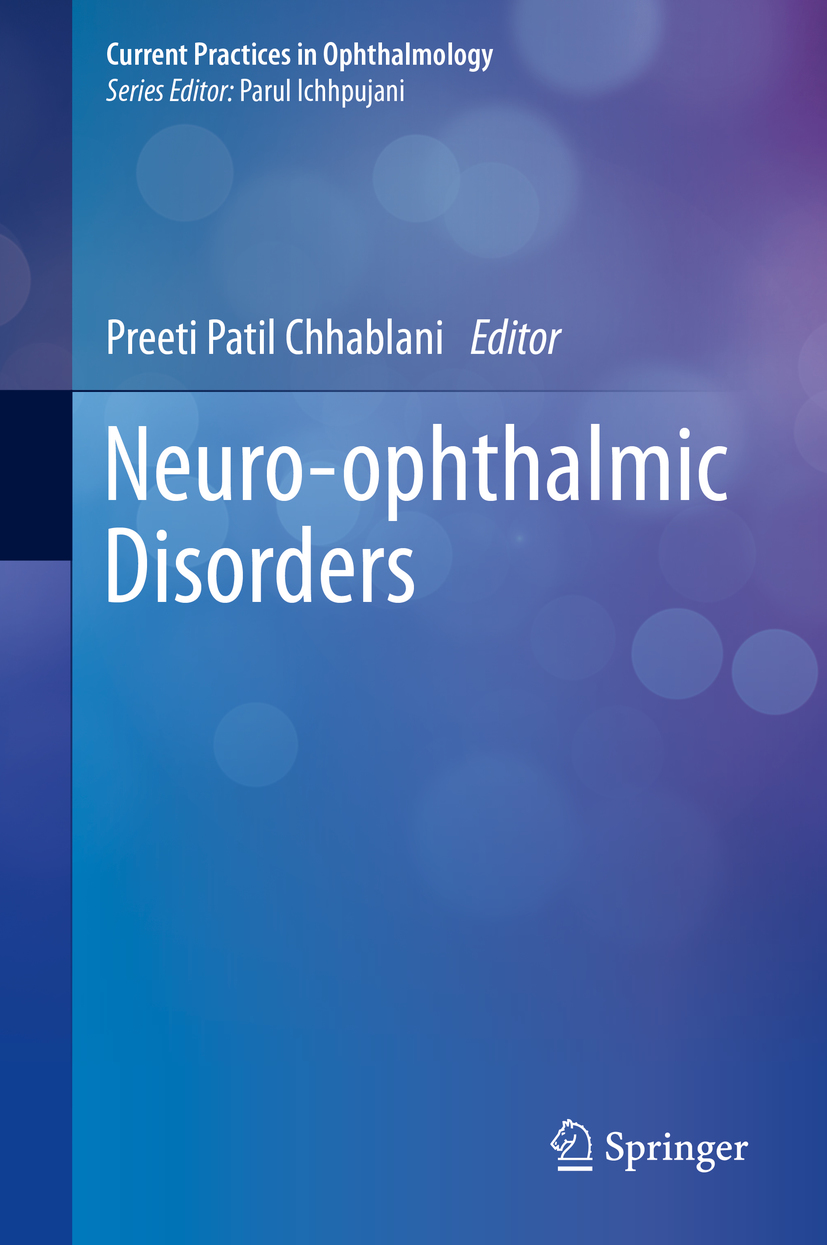Current Practices in Ophthalmology
Series Editor
Parul Ichhpujani
Department of Ophthalmology, Government Medical College and Hospital, Chandigarh, India
This series of highly organized and uniform handbooks aims to cover the latest clinically relevant developments in ophthalmology. In the wake of rapidly evolving innovations in the field of basic research, pharmacology, surgical techniques and imaging devices for the management of ophthalmic disorders, it is extremely important to invest in books that help you stay updated. These handbooks are designed to bridge the gap between journals and standard texts providing reviews on advances that are now part of mainstream clinical practice. Meant for residents, fellows-in-training, generalist ophthalmologists and specialists alike, each volume under this series covers current perspectives on relevant topics and meets the CME requirements as a go-to reference guide. Supervised and reviewed by a subject expert, chapters in each volume provide leading-edge information most relevant and useful for clinical ophthalmologists. This series is also useful for residents and fellows training in various subspecialties of ophthalmology, who can read these books while at work or during emergency duties. Additionally, these handbooks can aid in preparing for clinical case discussions at various forums and examinations.
More information about this series at http://www.springer.com/series/15743
Editor
Preeti Patil Chhablani
L V Prasad Eye Institute, Hyderabad, India
ISSN 2523-3807 e-ISSN 2523-3815
Current Practices in Ophthalmology
ISBN 978-981-13-8521-6 e-ISBN 978-981-13-8522-3
https://doi.org/10.1007/978-981-13-8522-3
Springer Nature Singapore Pte Ltd. 2020
This work is subject to copyright. All rights are reserved by the Publisher, whether the whole or part of the material is concerned, specifically the rights of translation, reprinting, reuse of illustrations, recitation, broadcasting, reproduction on microfilms or in any other physical way, and transmission or information storage and retrieval, electronic adaptation, computer software, or by similar or dissimilar methodology now known or hereafter developed.
The use of general descriptive names, registered names, trademarks, service marks, etc. in this publication does not imply, even in the absence of a specific statement, that such names are exempt from the relevant protective laws and regulations and therefore free for general use.
The publisher, the authors, and the editors are safe to assume that the advice and information in this book are believed to be true and accurate at the date of publication. Neither the publisher nor the authors or the editors give a warranty, expressed or implied, with respect to the material contained herein or for any errors or omissions that may have been made. The publisher remains neutral with regard to jurisdictional claims in published maps and institutional affiliations.
This Springer imprint is published by the registered company Springer Nature Singapore Pte Ltd.
The registered company address is: 152 Beach Road, #21-01/04 Gateway East, Singapore 189721, Singapore
Contents
Prem S. Subramanian
Virender Sachdeva , Gurcharan Singh and Gautam Yadav
Elizabeth M. Palkovacs and Karl C. Golnik
Dan Milea
Anita A. Kohli , John Woo , Madhura A. Tamhankar and Sahil Thakur
Shashikant Shetty and Anshulee Sood
Preeti Patil Chhablani and Jenil Sheth
About the Editor
Preeti Patil Chhablani
completed her residency in ophthalmology from Sankara Nethralaya, Chennai, India. She then completed a fellowship in pediatric ophthalmology and strabismus from Sankara Nethralaya, Chennai, India, and also completed a fellowship in neuro-ophthalmology and pediatric ophthalmology from the Shiley Eye Centre, University of California, San Diego, USA. She is currently practicing neuro-ophthalmology and pediatric ophthalmology at the L V Prasad Eye Institute, Hyderabad, India. She has authored several peer-reviewed publications and textbook chapters, and has delivered numerous oral and poster presentations at national and international meetings.

